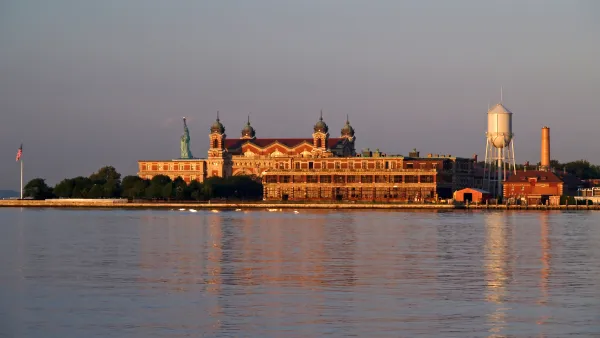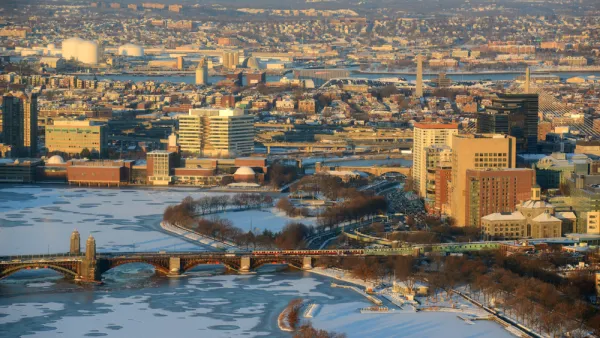The EB-5 Immigrant Investor Program has significant potential to drive more resources into America’s distressed urban cores, according to a recent report authored by Initiative for a Competitive Inner City.
Kim Zeuli details the findings of the ICIC study about the economic development potential of the EB-5 program, especially as a draw to immigrants to their communities.
"The EB-5 Immigrant Investor Program is another tool cities could use to attract immigrants. With support from the Surdna Foundation, the Garfield Foundation and The Boston Foundation, the Initiative for a Competitive Inner City (ICIC) spent the past year analyzing the EB-5 program and its potential to create economic opportunity in urban areas. ICIC interviewed over 50 EB-5 experts and economic development professionals and identified 178 EB-5 projects across the U.S., including many in the rust belt. Last week, ICIC released its research findings in a report, 'Increasing Economic Opportunity in Distressed Urban Communities with EB-5.'"
"To date, a conservative ICIC estimate suggests EB-5 loans have provided at least $8 billion of direct investment into American businesses and created at least 160,000 jobs. The program’s 'visa-for-dollars' moniker describes the fundamental incentive within the program: EB-5 visas are granted to foreign nationals who make a significant investment in a business that creates at least 10 full-time jobs. While the EB-5 Program was created in 1990 to stimulate economic growth in the U.S., it has been underutilized in distressed urban areas, exercised primarily through real estate projects, and largely overlooked by city governments, economic development corporations, foundations and other organizations actively promoting inner city investment."
"Interest in EB-5 as a new investment tool was relatively limited until the recent recession and subsequent contraction of more traditional sources of capital. Last year the government received over 6,300 applications to the EB-5 program. Since its inception, the EB-5 program has attracted investors from numerous countries but it is increasingly dominated by investors from China. In 2013, over 80 percent of EB-5 visas were issued to Chinese nationals. The program also attracts investors from South Korea, Taiwan, the United Kingdom, India, Mexico, Iran, Canada, Venezuela and Japan, among other countries. While China will certainly continue to dominate the EB-5 investor market in the near-term, investors may be attracted from a wide variety of countries."
FULL STORY: How Immigrants with Money Can Help Cities Create More Jobs

Analysis: Cybertruck Fatality Rate Far Exceeds That of Ford Pinto
The Tesla Cybertruck was recalled seven times last year.

National Parks Layoffs Will Cause Communities to Lose Billions
Thousands of essential park workers were laid off this week, just before the busy spring break season.

Retro-silient?: America’s First “Eco-burb,” The Woodlands Turns 50
A master-planned community north of Houston offers lessons on green infrastructure and resilient design, but falls short of its founder’s lofty affordability and walkability goals.

Test News Post 1
This is a summary

Analysis: Cybertruck Fatality Rate Far Exceeds That of Ford Pinto
The Tesla Cybertruck was recalled seven times last year.

Test News Headline 46
Test for the image on the front page.
Urban Design for Planners 1: Software Tools
This six-course series explores essential urban design concepts using open source software and equips planners with the tools they need to participate fully in the urban design process.
Planning for Universal Design
Learn the tools for implementing Universal Design in planning regulations.
EMC Planning Group, Inc.
Planetizen
Planetizen
Mpact (formerly Rail~Volution)
Great Falls Development Authority, Inc.
HUDs Office of Policy Development and Research
NYU Wagner Graduate School of Public Service




























